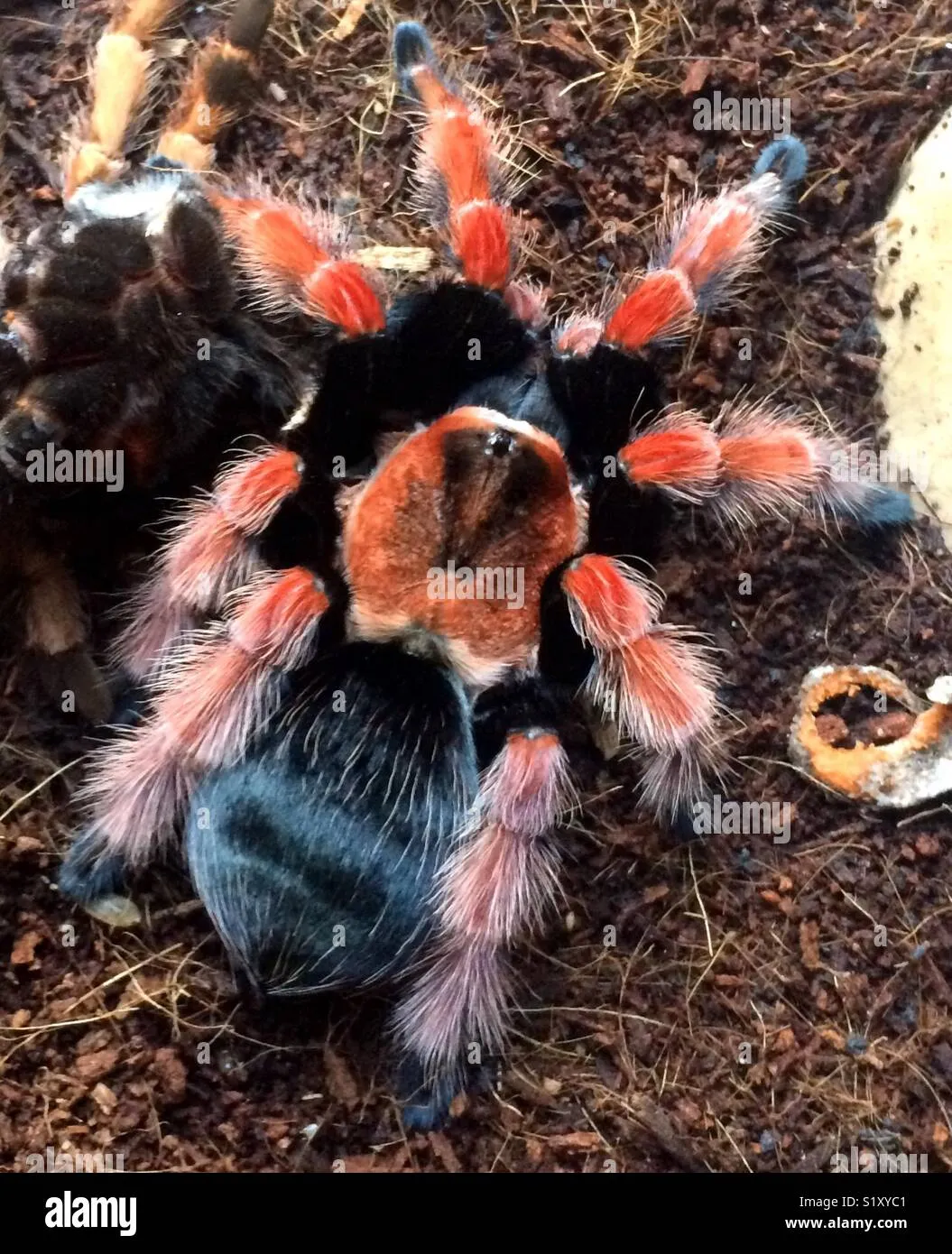10 Amazing Facts About Mexican Fire Leg Tarantulas
The Mexican Fire Leg Tarantula (Brachypelma boehmei) is a stunning and captivating species that has gained popularity among tarantula enthusiasts. Their vibrant colors and relatively docile nature make them a fascinating subject for observation and care. These spiders are not only visually striking but also possess unique characteristics that set them apart from other tarantula species. This article will delve into 10 amazing facts about the Mexican Fire Leg Tarantula, covering their appearance, habitat, behavior, and care, offering a comprehensive guide for anyone curious about these remarkable creatures.
Appearance and Characteristics
The Mexican Fire Leg Tarantula is instantly recognizable due to its striking appearance. The combination of colors and patterns is one of the major attractions for pet owners. Their bodies are covered with urticating hairs that they can flick off in self-defense. These hairs can cause skin irritation in humans. Their overall appearance is robust and appealing, making them a favorite among tarantula collectors. Understanding their physical traits is crucial to appreciating their unique beauty and the challenges of their care.
Distinctive Coloration

The most notable feature of the Mexican Fire Leg Tarantula is its vibrant coloration. The legs are adorned with bright orange or red markings, contrasting sharply with the black or dark brown body. This fiery coloration is where the tarantula gets its common name. The carapace (the top of the cephalothorax) is often a lighter shade of brown, which further accentuates the vivid leg colors. These colors are not just aesthetic; they may also serve as a warning signal to potential predators.
Size and Lifespan
Mexican Fire Leg Tarantulas are medium to large tarantulas. Females tend to be larger than males, with a leg span that can reach up to 6 inches or more. In terms of lifespan, these tarantulas are long-lived compared to many other invertebrates. Females can live for 15-20 years or even longer, provided they are properly cared for. Males, however, have a much shorter lifespan, typically only living for 3-5 years after reaching maturity. Their size and longevity make them a long-term commitment for any pet owner.
Origin and Habitat
Understanding the natural habitat of the Mexican Fire Leg Tarantula is key to providing proper care. Replicating their natural environment is essential to ensure their health and well-being. These tarantulas have specific requirements in terms of temperature, humidity, and substrate. Knowledge of their origin helps in creating an optimal living space. It is important to consider the ecological factors to properly understand and care for them.
Native Region
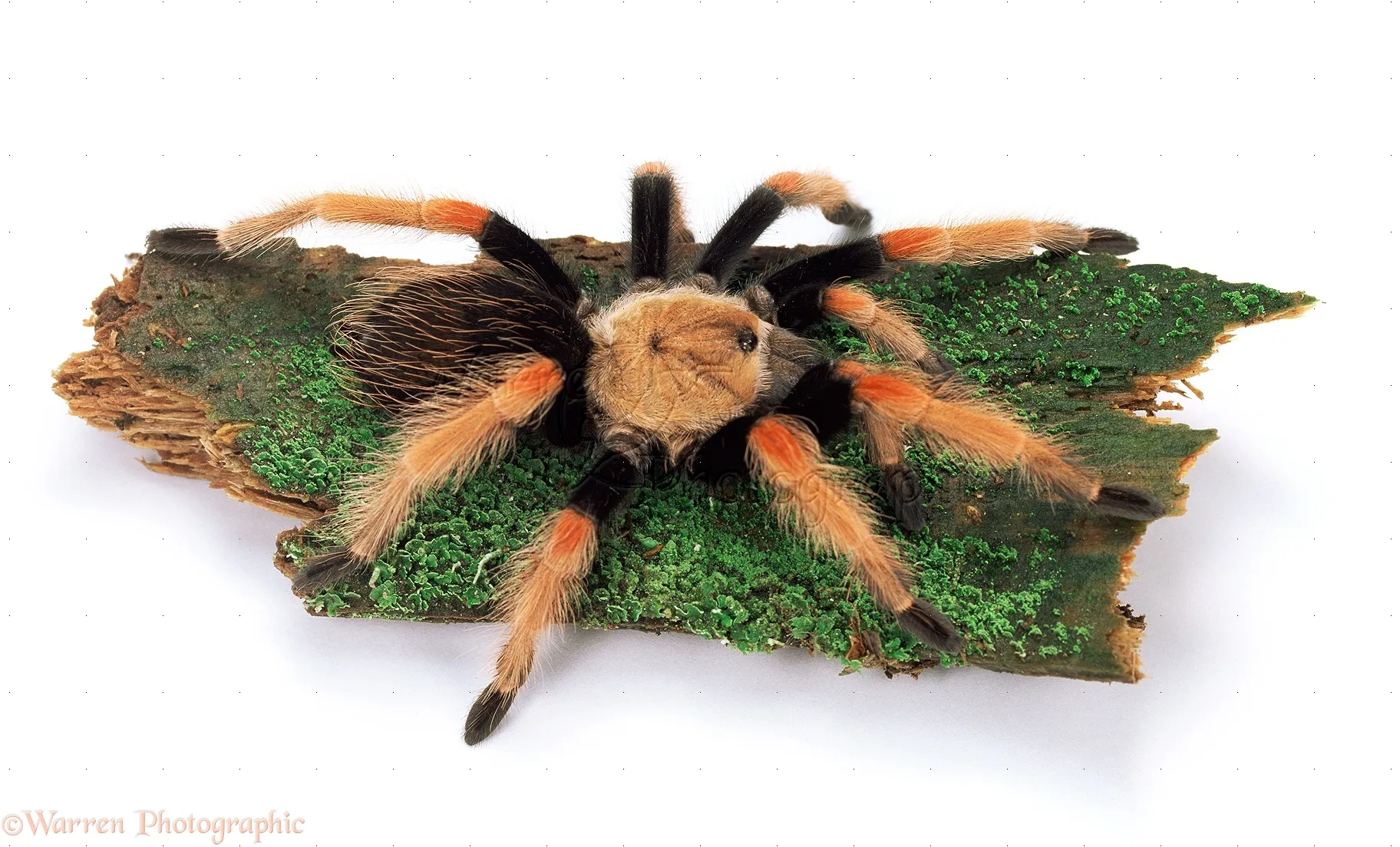
As the name suggests, the Mexican Fire Leg Tarantula originates from Mexico. Specifically, they are found in the coastal regions of the states of Guerrero and Michoacán. These areas have specific climate conditions, which include warm temperatures and moderate humidity, contributing to their survival. Their distribution is limited, making them somewhat of a localized species. In the wild, they inhabit burrows, often under rocks and logs, which provide shelter from the elements and protection from predators.
Preferred Environment
In their natural habitat, Mexican Fire Leg Tarantulas prefer a terrestrial environment. They are ground-dwelling spiders, constructing burrows in the soil or utilizing existing shelters. The substrate in their environment is typically a mix of soil, leaf litter, and sometimes sand. They require a humid environment, with the ability to retreat to cooler and drier spots within their burrow. The natural habitat helps owners understand the specific care requirements.
Behavior and Temperament
Mexican Fire Leg Tarantulas are generally considered to be docile and calm tarantulas. This makes them a popular choice for beginners. However, like all tarantulas, they have defensive mechanisms that they will employ when they feel threatened. Observing their behavior helps to understand their needs and how to best handle and care for them. Respecting their boundaries and understanding their defense strategies are vital for both the spider’s and the owner’s safety.
Defensive Mechanisms
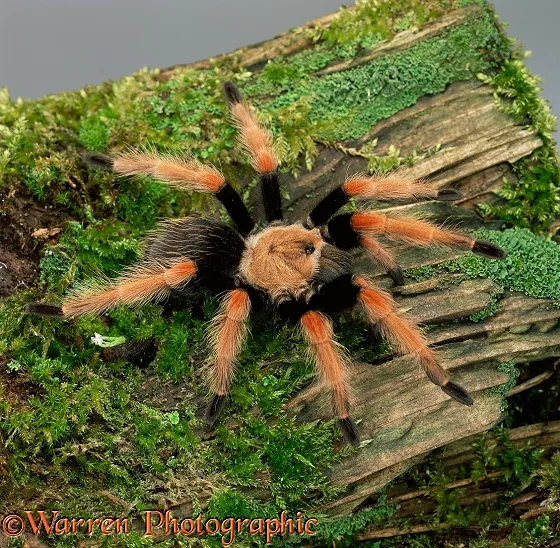
When threatened, the Mexican Fire Leg Tarantula has several defense mechanisms. The primary defense is the use of urticating hairs. These tiny, barbed hairs are flicked off the abdomen towards a perceived threat. Contact with these hairs can cause skin irritation and itching. They may also bite if provoked, although their venom is not considered highly potent to humans. A more common behavior when threatened is to raise their front legs in a defensive posture, warning the potential attacker.
Interaction with Humans
Mexican Fire Leg Tarantulas are generally not aggressive towards humans, but it’s important to handle them with care. They are not typically inclined to bite unless they feel threatened or are startled. When handling, it is important to do so close to a soft surface, in case they fall. Gentle handling is best, and frequent handling is not recommended, as it can stress the spider. Always wash your hands after handling a tarantula to avoid any contact with urticating hairs.
Diet and Feeding Habits
Understanding the dietary requirements of the Mexican Fire Leg Tarantula is crucial for their health and longevity. Providing a varied and appropriate diet ensures they receive the necessary nutrients. These tarantulas are opportunistic predators and will eat a variety of insects. Proper feeding practices contribute to their overall well-being and growth. It is important to know what to feed and how often to feed these creatures.
What They Eat
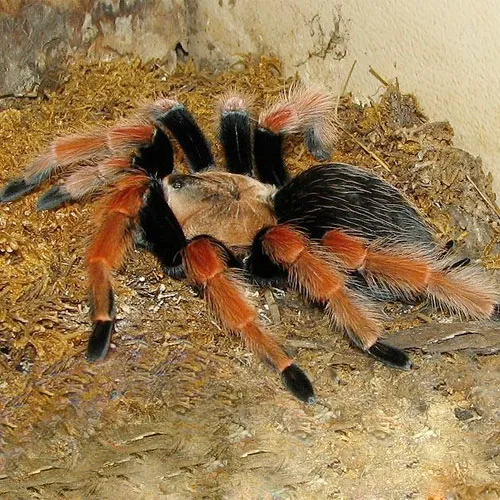
The primary diet of the Mexican Fire Leg Tarantula consists of insects. Crickets, mealworms, and roaches are common food sources. It’s important to offer a variety of insects to provide a balanced diet. The size of the prey should be appropriate for the size of the tarantula, typically no larger than the spider’s body. Supplementing with occasional treats, such as a small pinky mouse for adults, can also be done, though it is not essential.
Feeding Frequency
The feeding frequency for Mexican Fire Leg Tarantulas varies based on their age and size. Spiderlings should be fed more frequently, approximately every 2-3 days. As they mature, feeding frequency can be reduced to once or twice a week for adults. It’s important to remove uneaten prey within 24 hours to prevent stress and the build-up of waste. Observing the spider’s abdomen can provide clues about its feeding needs; a well-fed tarantula will have a plump abdomen.
Molting Process
Molting is a natural process for all tarantulas, where they shed their exoskeleton to grow. The Mexican Fire Leg Tarantula, like other tarantulas, undergoes molting periodically throughout its life. This process is crucial for growth and requires specific environmental conditions. Understanding the molting process helps owners to care for them during this vulnerable time.
Understanding Molting
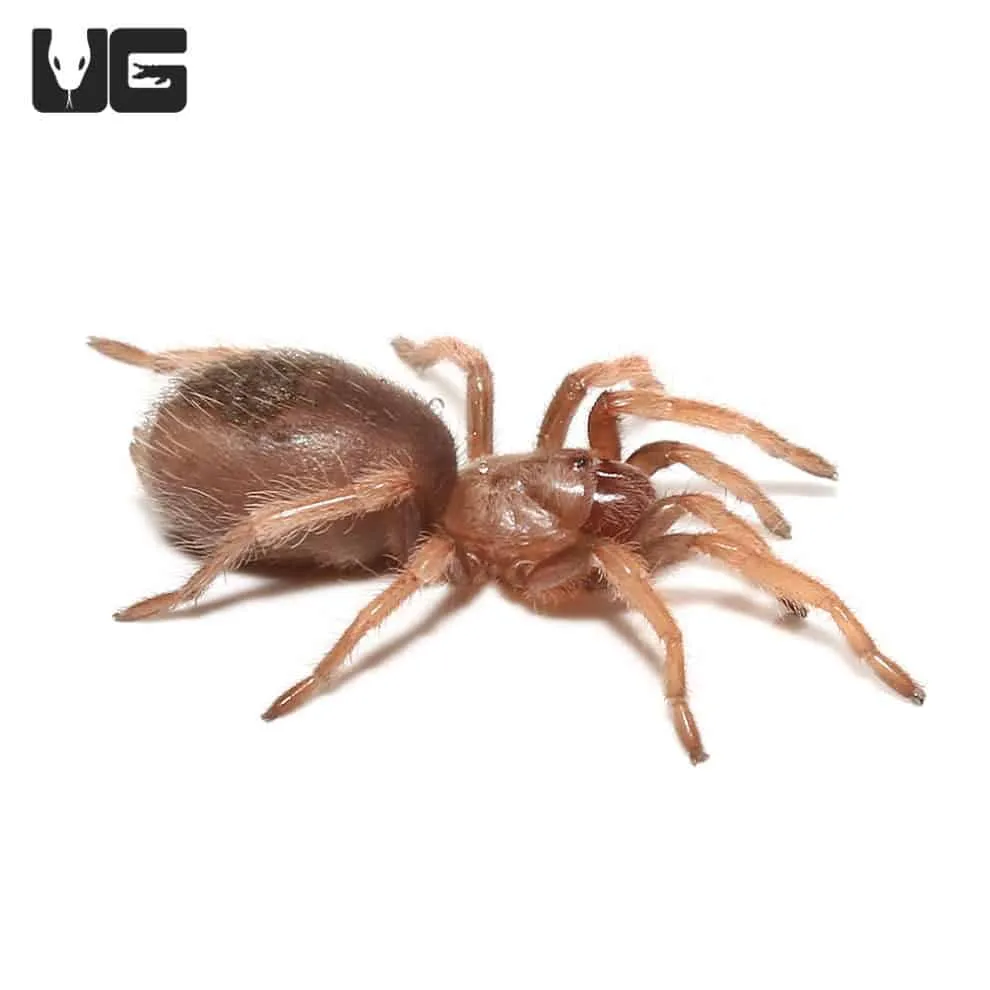
Molting involves the tarantula shedding its old exoskeleton to reveal a new, larger one. Prior to molting, the tarantula may stop eating, become less active, and may appear to be losing color. They often create a web mat to lay on while molting. The molting process can be quite lengthy, taking anywhere from a few hours to a day or more, depending on the size of the tarantula. The spider is extremely vulnerable during this time.
Post-Molting Care
After molting, the tarantula’s new exoskeleton is soft and vulnerable. It’s important to maintain a humid environment to prevent the exoskeleton from hardening too quickly. Do not feed the tarantula for a few days after molting, allowing its fangs to harden. Provide fresh water and ensure the enclosure is free from any hazards. Once the fangs have hardened, they will resume their normal eating habits.
Reproduction and Life Cycle
The reproductive cycle of the Mexican Fire Leg Tarantula is fascinating. The process involves courtship, mating, and the care of the egg sac. Understanding their reproductive behavior helps to appreciate the full life cycle of these tarantulas. This knowledge is crucial for successful breeding and also provides insights into their behavior in the wild.
Mating Rituals
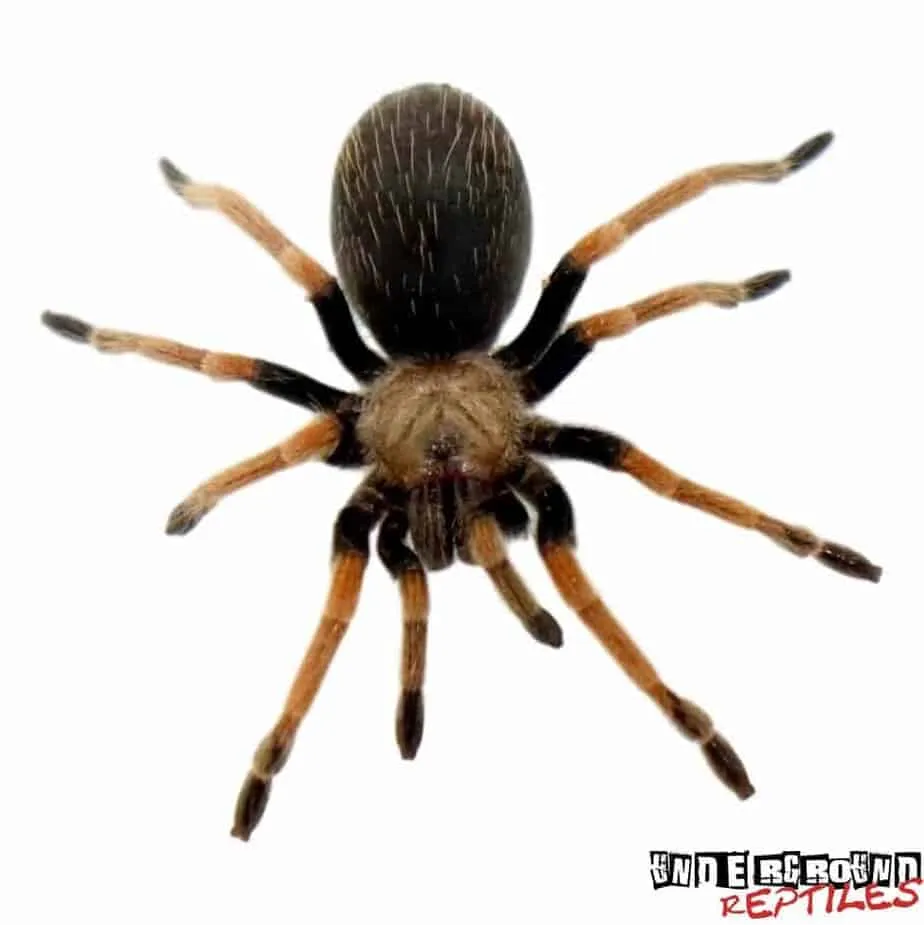
Mating typically occurs when the female is receptive. The male will often approach the female, drumming his pedipalps on the ground and displaying. If the female is receptive, she will allow the male to mate. The male will deposit sperm into the female, and then he must quickly escape. The female may become aggressive after mating, so separation is essential. Males often die soon after mating.
Egg Sac and Spiderlings
After mating, the female will produce an egg sac, which she will guard and care for. The eggs hatch into spiderlings, which are miniature versions of the adult tarantula. The female provides protection for the young spiderlings. Spiderlings molt multiple times as they grow. The spiderlings need to be separated to prevent cannibalism. Proper care will ensure their survival and development into adult tarantulas.
Common Health Issues
Like all animals, Mexican Fire Leg Tarantulas can be susceptible to certain health issues. Recognizing and addressing these issues promptly is essential for maintaining their well-being. Proper care, including appropriate housing, diet, and environmental conditions, can minimize health risks. Educating yourself on potential problems helps to take preventative steps and address issues quickly.
Parasites and Diseases
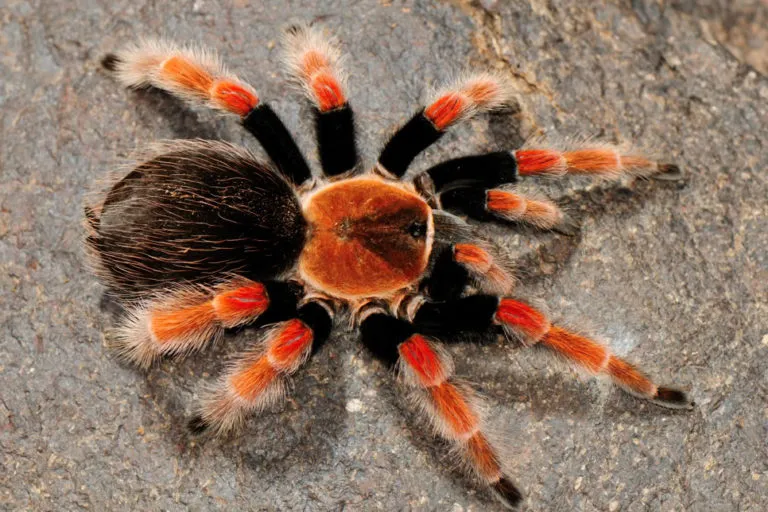
While Mexican Fire Leg Tarantulas are generally hardy, they can be affected by parasites and diseases. Mites can be a common issue, especially in enclosures with poor hygiene. Fungal infections can also occur in overly humid environments. Symptoms include lethargy, loss of appetite, and unusual behaviors. It is important to quarantine new tarantulas. Regular cleaning and maintenance of the enclosure will reduce the risk of parasites and diseases. Consulting with a veterinarian specializing in exotic animals will help with diagnosis and treatment.
Preventative Measures
Prevention is key to maintaining the health of the Mexican Fire Leg Tarantula. Maintaining a clean enclosure is crucial. This includes removing uneaten food and regularly cleaning the substrate. Proper ventilation will help to prevent the build-up of excessive humidity, which can lead to fungal infections. Quarantining new tarantulas for a period helps to avoid any spreading of disease. Providing a balanced diet and appropriate temperature and humidity levels contributes to their overall health. Regularly check the tarantula for any signs of illness, such as loss of appetite or lethargy.
Mexican Fire Leg Tarantulas as Pets
Keeping a Mexican Fire Leg Tarantula as a pet can be a rewarding experience for those who are prepared to provide proper care. They offer a unique opportunity to observe these amazing creatures. Understanding the pros and cons of ownership will help you make an informed decision. Responsible pet ownership is critical for the well-being of the tarantula and also for your enjoyment of the pet.
Pros and Cons of Ownership
There are several benefits to owning a Mexican Fire Leg Tarantula. They are generally docile and less likely to bite compared to some other tarantula species. They are also beautiful and fascinating to watch. These tarantulas do not require a lot of space. However, there are also some challenges. They require specialized care, including specific temperature and humidity levels. They are not animals you can handle frequently. Their bites can be painful. A commitment to proper care is necessary to ensure their longevity and well-being. The decision should be made with awareness of these factors.
Responsible Pet Ownership
Responsible pet ownership is paramount when keeping a Mexican Fire Leg Tarantula. This includes providing a suitable habitat, a balanced diet, and regular maintenance of the enclosure. Researching and understanding the species-specific needs is critical. Also, safe handling practices should be followed to prevent injury to both the owner and the tarantula. Being prepared for the long-term commitment is essential. Finally, always have the proper information. Always consult with experienced keepers or exotic animal veterinarians to address any health concerns. Providing a safe and enriching environment will result in a happy and healthy tarantula.
